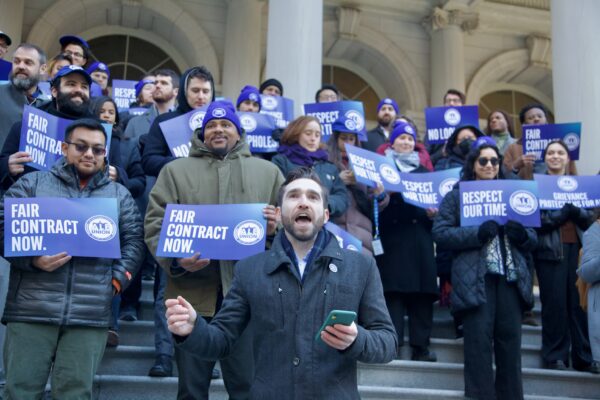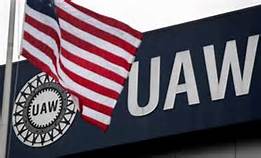September 14, 2015
By Manhattan Borough President Gale Brewer
New York, NY – Last month the New York Times published an exposé on working conditions at the retail giant Amazon that, in a mere three days, generated more online comments than any other piece of reporting the paper has published.
The article’s revelation, as perceived by many, is that some of Amazon’s white-collar workers are treated as harshly as its blue-collar employees. Implicit in this public outrage is the troubling acceptance that harsh treatment is what blue-collar workers in the United States should expect.
As a longtime champion of organized labor and unions in New York City, I take great issue with a concern for workers that applies only to some. If the real story in the Amazon exposé is that worker exploitation in the New Economy is merely a continuation of the worker repression of old, then we need to push reset now and make this an opportunity for dramatic change.
Public support of organized labor peaked in 1936, when 72% of Americans viewed unions favorably. The ratings fluctuated over time but never reaching higher than 66% favorability in the late 1990s. The historic low came in in 2009—shockingly given the number of Americans suffering the effects of the Great Recession—when only 48% supported labor unions.
A Gallup poll conducted in early August offered some promising news: 58% of Americans overall approve of labor unions, with 37% in favor of them having a stronger influence in U.S. politics—a big increase from the low in 2009.
The reasons for labor’s decline have filled scholarly texts for decades, but the short answer is the split between knowledge workers and manual laborers that developed as more Americans were able to attain the jobs that came with a college education. In 1940 one in 20 Americans between ages 25 and 29 held a bachelor’s degree; by 1977 that number was one in four.
We have to remember that the U.S. labor movement originated with exploited mill workers in the nineteenth century—many of them women and children—and grew as sweatshops and steel mills and coal mines swelled with more and more wageworkers, many of them immigrants.
Our nation’s most successful and lasting unions represent those engaged in physical and often repetitive labor because that’s where the majority jobs were in the late nineteenth and the first half of the twentieth century. What we have failed to do is broaden our definition of “wageworker” as the economy has dramatically changed during the past 65 years.
Another promising sign is the recent decisions to unionize by the editorial staffs of Gawker Media, Vice Media, the Guardian, and Salon.com—all digital media outlets that are predominantly staffed and read by millennials.
As a firm believer in young people, I think the hope for reviving the labor movement rests with them. Americans born between 1982 and 2004 came of age in an economy that is most punishing to themselves. Millennials have fewer delusions that a four-year-degree and the hard work they’ve done in unpaid internships will guarantee them any job upon graduation let alone a well-paying one.
Perhaps the Amazon exposé will serve to disabuse white-collar professionals of the idea that exploitation by an Amazon or a Google or an Apple is something that only happens to blue-collar workers. If we can get beyond the anachronistic divide between “professional” and “blue-collar” and create a bridge of solidarity between all workers, we can increase the bargaining power of unions throughout the country.



